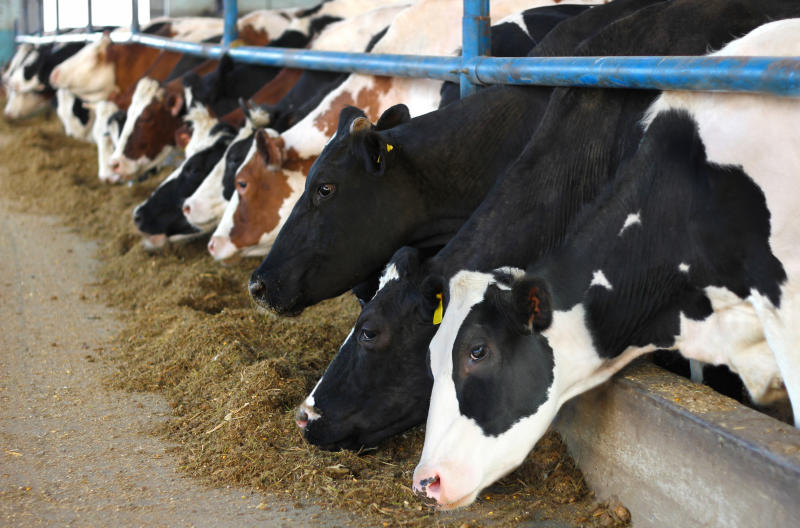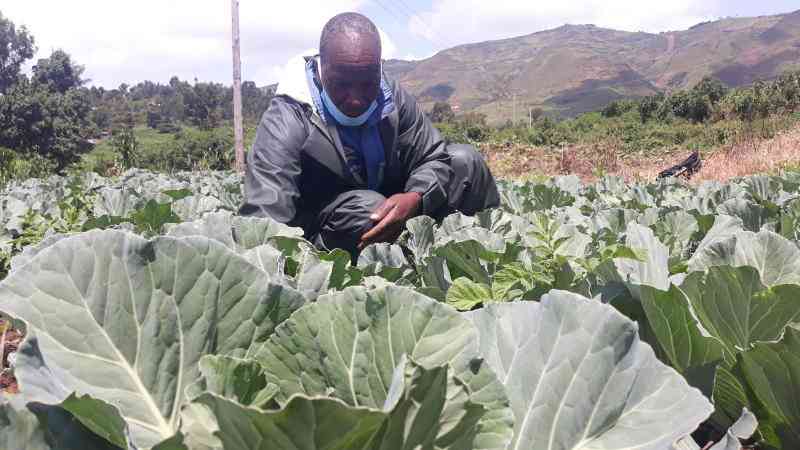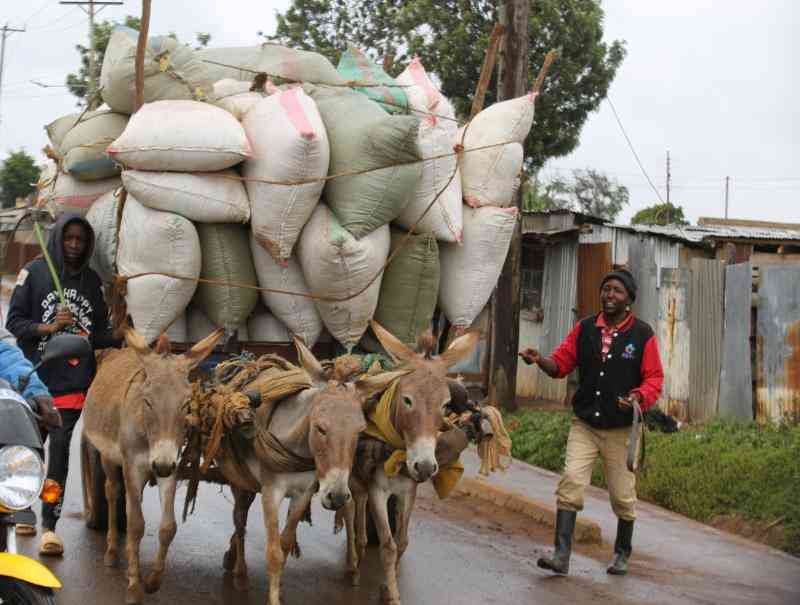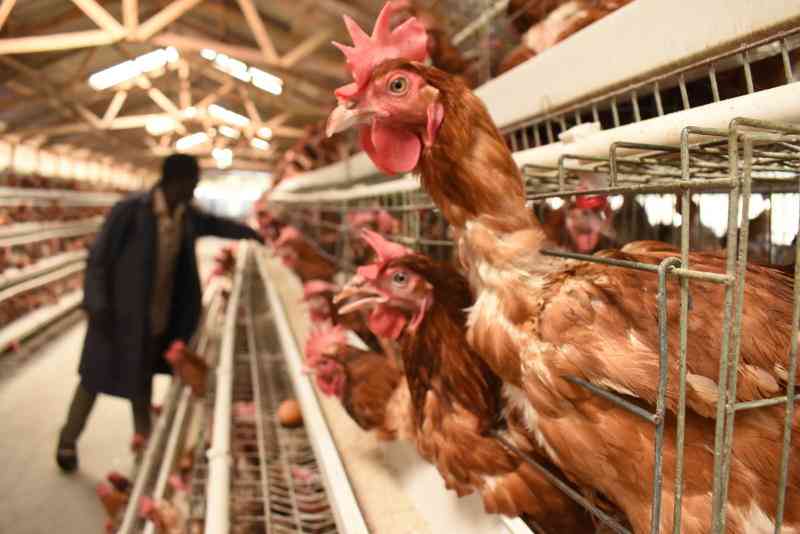
Dairy farming has gained currency in Kenya thanks to increase in population and demand for quality milk. This has necessitated the need for good breeds of dairy cows.
A breed is a race or variety related by descent and similarity in certain distinguishable characteristics or traits. The world has more than 250 breeds of cattle.
In Kenya, there are two main races of Cattle: Indigenous – which include the Boran, Sahiwal and Zebu cows and the exotic or imported breeds. The two races can crossbreed. The crosses can be very productive both in terms of improved milk production and disease resistance.
Some zones are not suitable for pure breed high yielding milk cows but can well support the cross breeds.
However, this can only be realized if management practices such as improved feeding, plenty of fresh water available, and a reliable source of veterinary drugs are available. Without these conditions the survival rate of exotic breeds and cross breeds will be low.
Exotic breeds are more expensive to buy and require more sophisticated housing facilities.
Within the East and Central Africa region, Kenya has the highest number of exotic dairy cattle standing at an estimate of 4.3 million cows and an estimated 3.43 billion liters of milk.
What dairy cow breeds are available in Kenya?
The Friesian (Friesian - Holstein), Ayrshire, Jersey and Guernsey are the main breeds of exotic breeds to choose from.
- FRIESIAN
Origin: They were introduced in Kenya in 1970’s from the United States to help improve milk production.
Description:
- Body Color: Black and white short haired coat, short horns.
- Body size: Large (average live - weight is 550- 660 kg).
- Potential yield: 40 – 50 liters of milk per day with 3.2% butter fat.
Characteristics
- High milk production potential
- Heifers come into milk at about two years of age.
- Suitable for zero grazing
- Frequent calving in their lifetime
- Provide valuable male calves
- Are versatile: provide high quality milk and high quality lean meat
- Heavy feeder (90-110 kg fresh forage/day)
- Adequate clean water (minimum 60 liters/day, more for heavy yielders)
- Need high level management
- Susceptible to diseases, susceptible to milk fever
- Susceptible to high temperatures
- AYRSHIRE
Origin: The Ayrshire breed originated from the county of Ayr in Scotland, prior to 1800. The breed was introduced to Kenya in 1908 from South Africa.
Description:
- Body color: Brown and white patches in almost equal amounts with some cows tending to dark mahogany color.
- Body size: Large (average live – weight is 450 kgs).
- Potential yield: 30 liters/day, 4.7% butter fat.
Ayrshire milk is referred as "the ideal drinking milk"; it is not excessively rich, not lacking adequate fat, and it possesses desirable quantities of proteins.
Characteristics
- High milk production potential (30 liters/day).
- Heifers generally come into milk at about two years of age.
- Fairly hardy and adaptable
- Are easy calving
- Are relatively resistant to diseases and free of genetic diseases
- Feed requirements high (90-110 kg fresh forage/day
- Need plenty of clean water (60 liters/day)
- JERSEY
Origin: The Jersey probably originated from the adjacent coast of France, where in Normaaling Jerseys are found.
Description:
- Body Color: Jerseys in Kenya are typically light brown in color. This can range from being almost grey to dull black. They can also have white patches which may cover much of the animal. A true Jersey will however always have a black nose bordered by an almost white muzzle. They have protruding eyes.
- Body size: Small - medium (average live – weight is 350 Kg).
- Potential yield: 20 liters/day, 6.3% butter fat.
The Jersey is well known for milk with high quality - it is particularly richer in fat, protein, minerals and trace elements than those from the larger dairy breeds. The milk is also rich in color which is naturally produced from carotene.
Characteristics
- Relatively low feed requirement (65-85 kg fresh forage/day).
- It is hardy and adaptable.
- The Jersey's hard black feet are much less prone to lameness.
- perform well under a wide range of systems and are well-known for their high feed conversion efficiency.
- Stay in the herd longer than any other dairy breed.
- Her milk has greater nutritional value, plus the highest yield and greater efficiency when processed into cheese and other value-added products.
- Has little or no calving problems, greater fertility, a shorter calving interval, and earlier maturity.
- suitable for cross breeding/ improving local breeds
- Susceptible to milk fever and tick-borne diseases
- GUERNSEY
Origin: The Guernsey originated on the small Isle of Guernsey, situated in the English Channel just off the coast of France.
Description:
- Body Color: Guernsey varies from yellow to reddish-brown with white patches.
- Body size: Medium (average live – weight is 475 kg).
- Potential yield: 25 liters/day, 4.3% butter fat.
Have a fine temperament, an attractive carriage with a graceful walk, attached udder extending well forward, with the quarters evenly balanced and symmetrical.
Characteristics
- High milk production potential (25 liters/day)
- Moderate feed requirements: (65-85 kg fresh forage/day)
- Guernsey reach reproductive maturity at an early age and can calve at 22 months of age providing an early return on investment.
- Produce calves big at birth, which are easy to rear.
- Are well known for having the minimum of calving complications.
- Are adaptable to all climates and management systems and lack any known undesirable genetic recessives.
- Are heat tolerant - as enhanced by her fawn and white coat.
- Are docile and have an ideal Dairy Temperament.
- Need plenty of clean water (40 liters/day)
Author; Dr. Paul R. N. Kangethe (BVM, UoN)
Email; [email protected]
Want to get latest farming tips and videos?
Join Us
 The Standard Group Plc is a multi-media organization
with investments in media platforms spanning newspaper print operations,
television, radio broadcasting, digital and online services. The Standard Group
is recognized as a leading multi-media house in Kenya with a key influence in
matters of national and international interest.
The Standard Group Plc is a multi-media organization
with investments in media platforms spanning newspaper print operations,
television, radio broadcasting, digital and online services. The Standard Group
is recognized as a leading multi-media house in Kenya with a key influence in
matters of national and international interest.
 The Standard Group Plc is a multi-media organization
with investments in media platforms spanning newspaper print operations,
television, radio broadcasting, digital and online services. The Standard Group
is recognized as a leading multi-media house in Kenya with a key influence in
matters of national and international interest.
The Standard Group Plc is a multi-media organization
with investments in media platforms spanning newspaper print operations,
television, radio broadcasting, digital and online services. The Standard Group
is recognized as a leading multi-media house in Kenya with a key influence in
matters of national and international interest.







